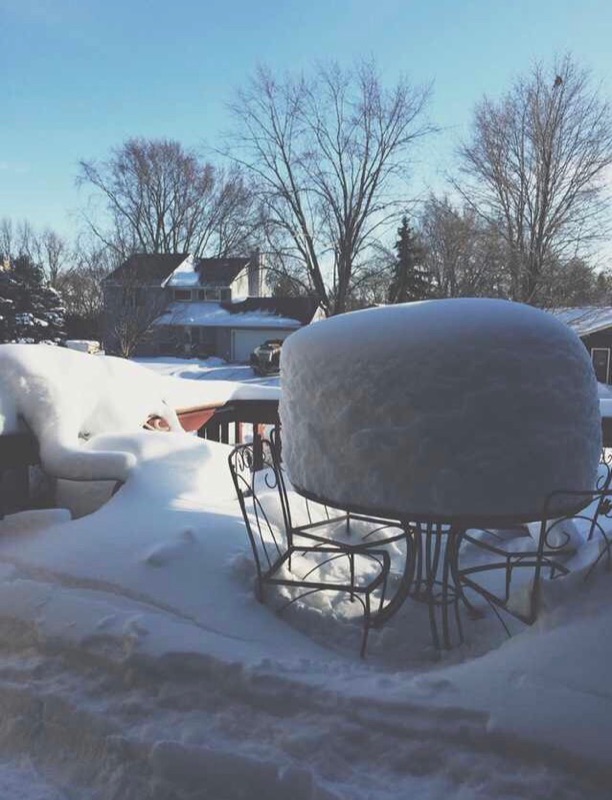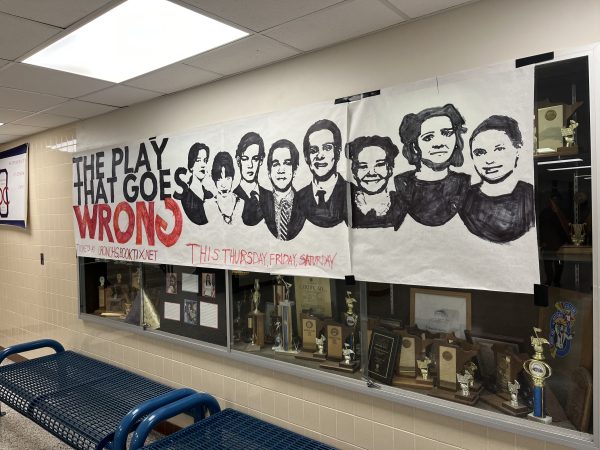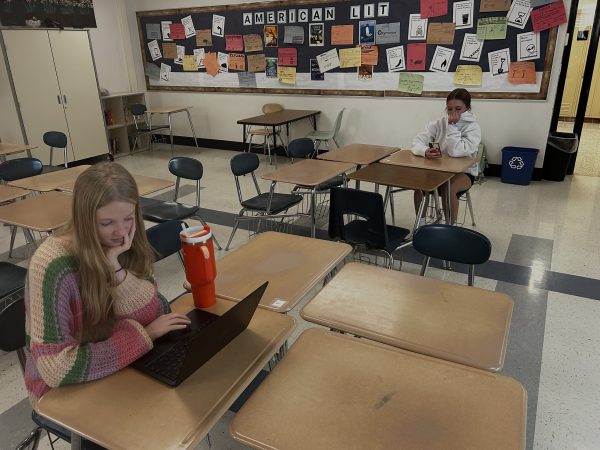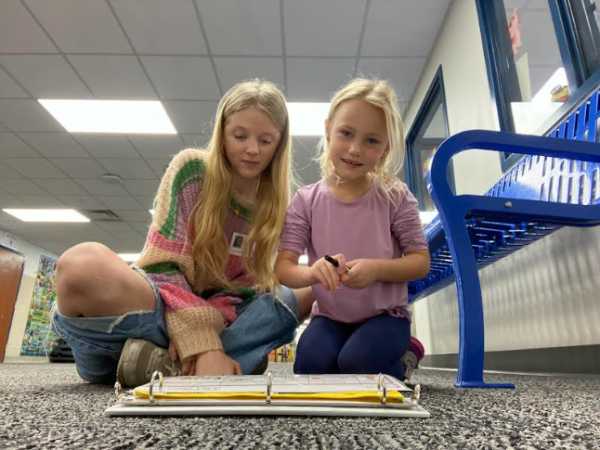Online learning becomes a more common option in replace of snow days
Extreme weather conditions have schools questioning if online school will be a better option for the day.
The Minnesota Legislature is considering replacing snow days with a more feasible option for schooling. Students would be able to replace their snow days with home learning. With this option, students would be required to do online work to cover the day of in-class school missed from the weather. Families would be notified at least two hours before school starts and students would begin their online coursework at the beginning of the school day.
“I think we should have online school days instead of having to go into school when the road conditions are bad, some students are only driving in the winter for their first time and may not know how to control dangerous driving situations,” senior Erica Crosby said, “it would be a safer situation for everyone if we had e-learning days.”
A school district in Southeastern Minnesota, the Zumbrota-Mazeppa school, has created “WILD days,” or Weather Induced Learning Days. The goal for a “WILD day” at this school district is to continue the learning online, even when it is unsafe to get to the school that day. Their first snow day of each season is not considered a “WILD day,” it is considered a free day. On Jan. 11, the Zumbrota-Mazeppa school had school closed due to the weather conditions, but because it was their first one it was not a “WILD day” according to their school website.
Governor Mark Dayton cancelled K-12 public schools statewide on Jan. 6, 2014 due to extreme wind chills that were forecasted well in advance. The coldest wind chill temperature that day in the Twin Cities was minus 48 F at 5 a.m. with an air temperature of minus 22 F and a 15 mph wind, making it the first state mandated snow day since 1996. This year, many schools also cancelled class on Jan. 7 as well, according to the Minnesota State Climatology Office.
A bill was introduced on March 15, 2017 that passed in the Minnesota House of Representatives. It was created for the 2017-2018 school year to authorize school boards to adopt policies for certain snow days and authorize e-learning days for school days with severe weather setbacks.
“The idea of having e-learning days is smart, but I’m not sure if it would really work. A lot of teachers have in class work that can’t be done online and some students learn material easier in a classroom setting,” junior Josh Kovalik said.
This bill was introduced by Republican Steve Drazkowski of the Zumbrota-Mazeppa school and would not force schools to do anything; it would just give them the option of having e-learning days.
Any school in Minnesota that chooses to have e-learning days may have up to five in one school year. An e-learning day is counted as a day of instruction and included in the hours of instruction needed per year.
A school board’s annual school calendar must include at least 425 hours of instruction for a kindergarten student without a disability, 935 hours of instruction for a student in grades 1 through 6, and 1,020 hours of instruction for a student in grades 7 through 12, not including summer school, according to the Minnesota Statutes Law 120A.41 Length of a School Year.
“Having online school days would be a smart idea for our school because we wouldn’t get behind on days that are unsafe to come into the school,” senior Sophia Larsen said.
Many schools around the state are turning to online schooling options. With sites such as Google Classroom and Moodle, it is becoming easier and easier to teach through mobile devices.
There are certain worries about cancelling school for the day. Even though the school notifies parents and guardians hours before school starts, there is always the concern that some kids will not get the memo and will be stuck outside at the bus stop.
“I do like the idea of online courses for a snow day as opposed to having to making up a day in the future. Having a late start is also nice because it gives students and parents the opportunity to drive slow and get here safely,” OHS administrative assistant to the associate principal Heather DeLong said.
Orono Schools has just added busing information to a new app called Versatrans MyStop. This informative app gives parents and students the ability to check the estimated time of arrival for their bus. The ETA is recalculated with any traffic delays. The location of the bus updates every one to two minutes, giving the students a very accurate time, according to the Orono Schools website. With this new app, students will always know where the bus is and it will better the knowledge on whether or not school is cancelled for the day.
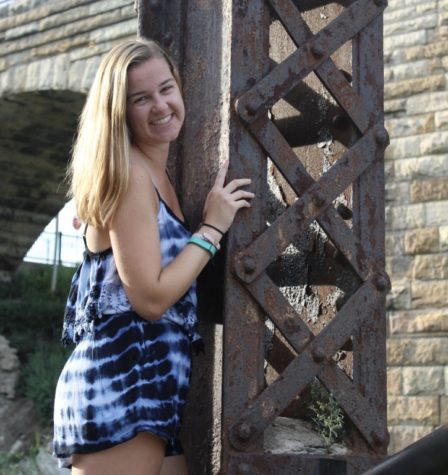
Hi! My name is Mandy Johnson and I am a Features Editor this year for The Spartan Speaks! I was in Journalism I last year and I really enjoyed the class,...

